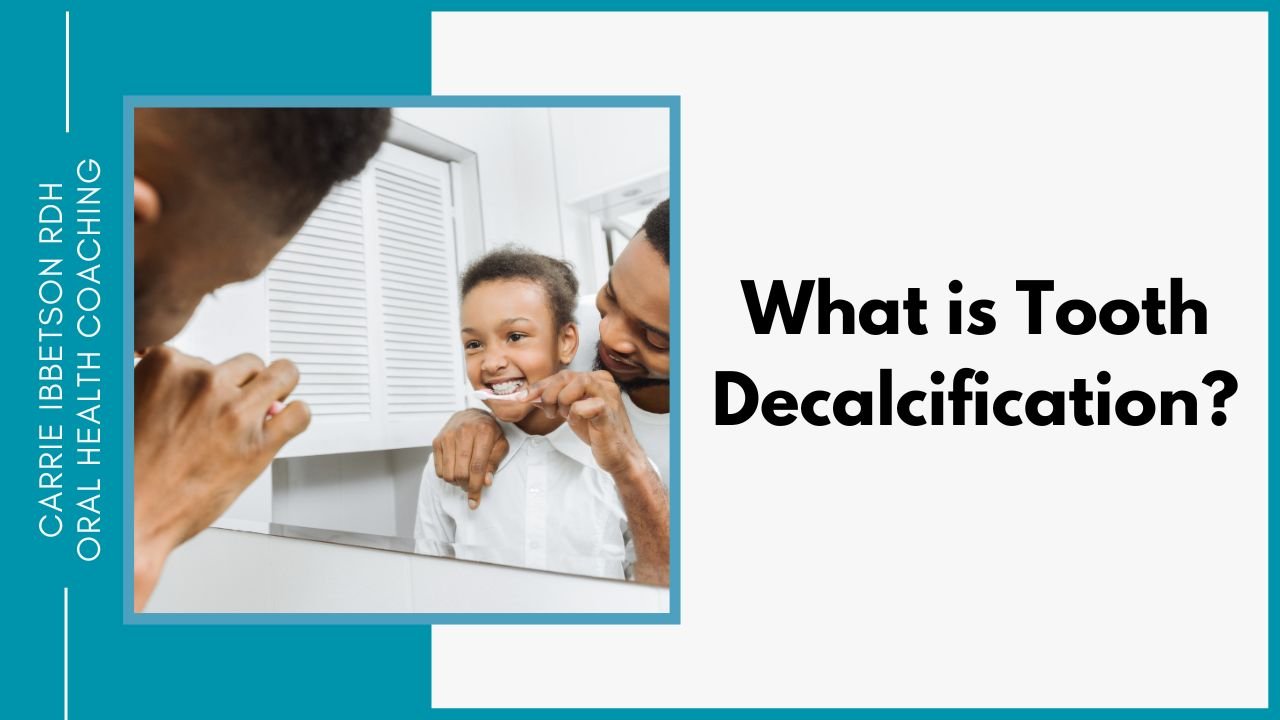Can Decalcification Be Reversed? Stop Tooth Decalcification in Its Tracks: Learn What It Is and How to Prevent It Now
Have you been noticing white spots on your teeth? Experiencing tooth decalcification can be concerning, but understanding its causes and treatments can help manage and reverse the condition. These white lesions are a sign of tooth decalcification, a process that easily develops in areas that are difficult to clean but can be easily prevented with a few updates for your oral health.
What is Decalcification?
Decalcification is a breakdown of the tooth’s enamel surface caused by calcium deficiency and these areas of decalcification appear as white spots. Can tooth decalcification be reversed with proper care and treatment? It is common in areas of the teeth that are difficult to clean, such as those covered by braces or oral appliances. There are three levels of decalcification:
Level 0: healthy teeth with no decalcification
Level 1: minor decalcification affecting less than 50% of the tooth
Level 2: moderate to severe decalcification on more than 50% of the tooth
Level 3: decalcification on the entire surface of the tooth; possible cavities or cracking
How to Prevent Decalcification
Decalcification occurs when you have acidic pH levels in your mouth from sugary foods that breaks down the minerals that make up the enamel on your tooth. These minerals include calcium, thus the name decalcification. Thin saliva is the best demineralizer, also has a buffering capacity to keep pH levels normal. Breathing through your nose helps to stimulate thin saliva production, not thick saliva which has higher acidity pH levels. Maintaining good oral hygiene is crucial in preventing decalcification. Other ways to control your pH levels and keep them neutral include:
Avoiding sorbitol: this is a sugar-based alcohol that can be converted into a food source by bacteria in the mouth and cause demineralization
Use oral products, such as toothpaste, with xylitol – there are even tooth-friendly xylitol candies and gum available!
Use your tongue to self-cleanse throughout the day
Drink water and swish with water throughout the day
Make sure to brush and floss in the nooks and crannies of your teeth
Use alcohol-free mouth rinses and mouthwash
New Re-Mineralizing Technologies to Reverse Tooth Decalcification
Xlear
Xlear (pronounced “clear”) is a nasal spray containing xylitol, a sugar alcohol that breaks down bacteria-carrying plaque and saliva. Because of its ability to reduce bacteria levels, it plays an important role in sinus and respiratory health as a naturally occurring substance in the body and an added ingredient in oral products. This nasal spray will open the breathing passages to improve airflow and help you breathe easier through your nose.
Curadont
Curadont is topically applied to white spots on the teeth that have been decalcified to penetrate the demineralized spots and harden the enamel. This will treat the surfaces of your teeth that have already been decalcified while strengthening your teeth against future cavity-causing bacteria. It is important to note that Curadont formula does contain fluoride.
Icon Resin Infiltration
Icon resin infiltration is a filling made from material that matches the natural color of your teeth. Before the filling is placed, the white decalcified lesion will be removed using a pumice stone to reveal the re-mineralized layer of enamel that is stronger against cavity-causing bacteria.
Want to take control of your oral health?
Check out our free guides for pH control products and controlling kids' cavities. These comprehensive guides provide tips and tricks to help you achieve better oral health.
And if you're ready to take your oral health to the next level, be sure to sign up for our course. Our oral health coaching program is designed to help you achieve optimal oral health.
Visit www.oralhealthcoaching.com to learn more and sign up today.

